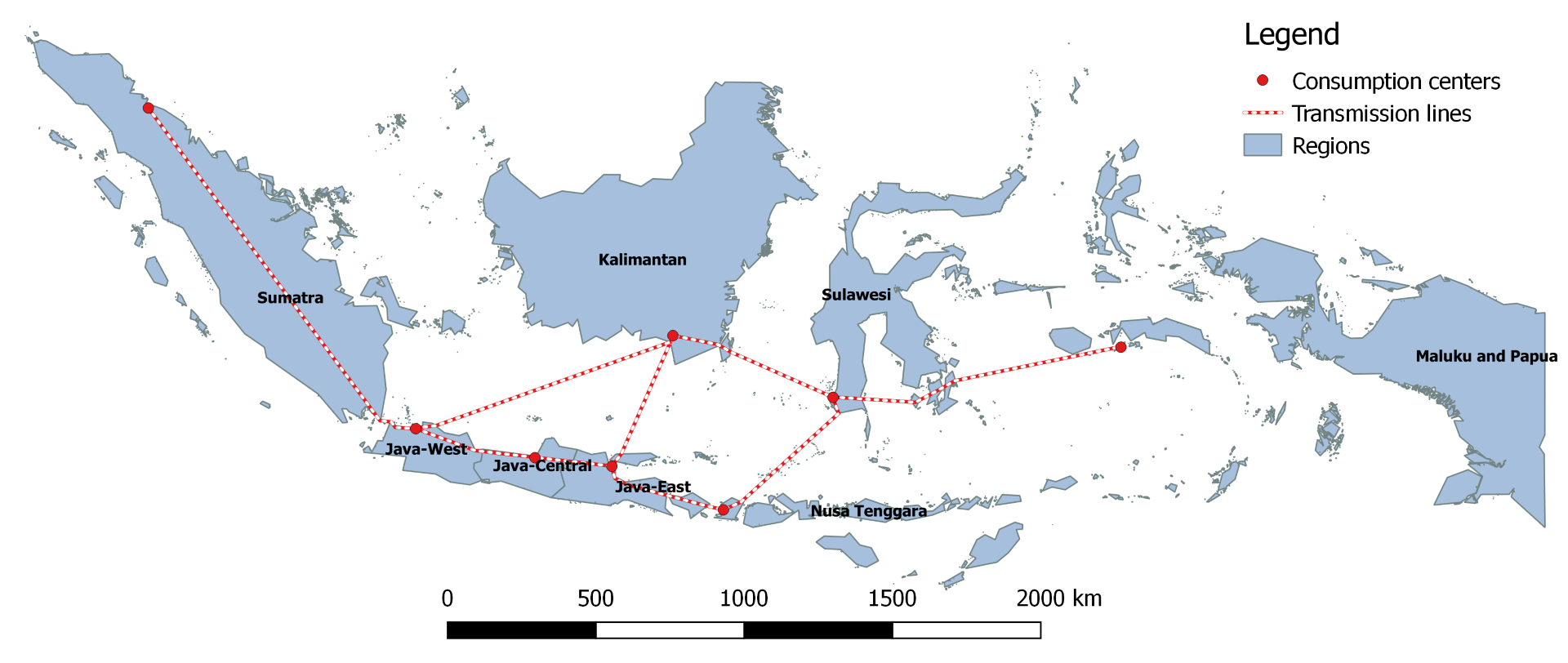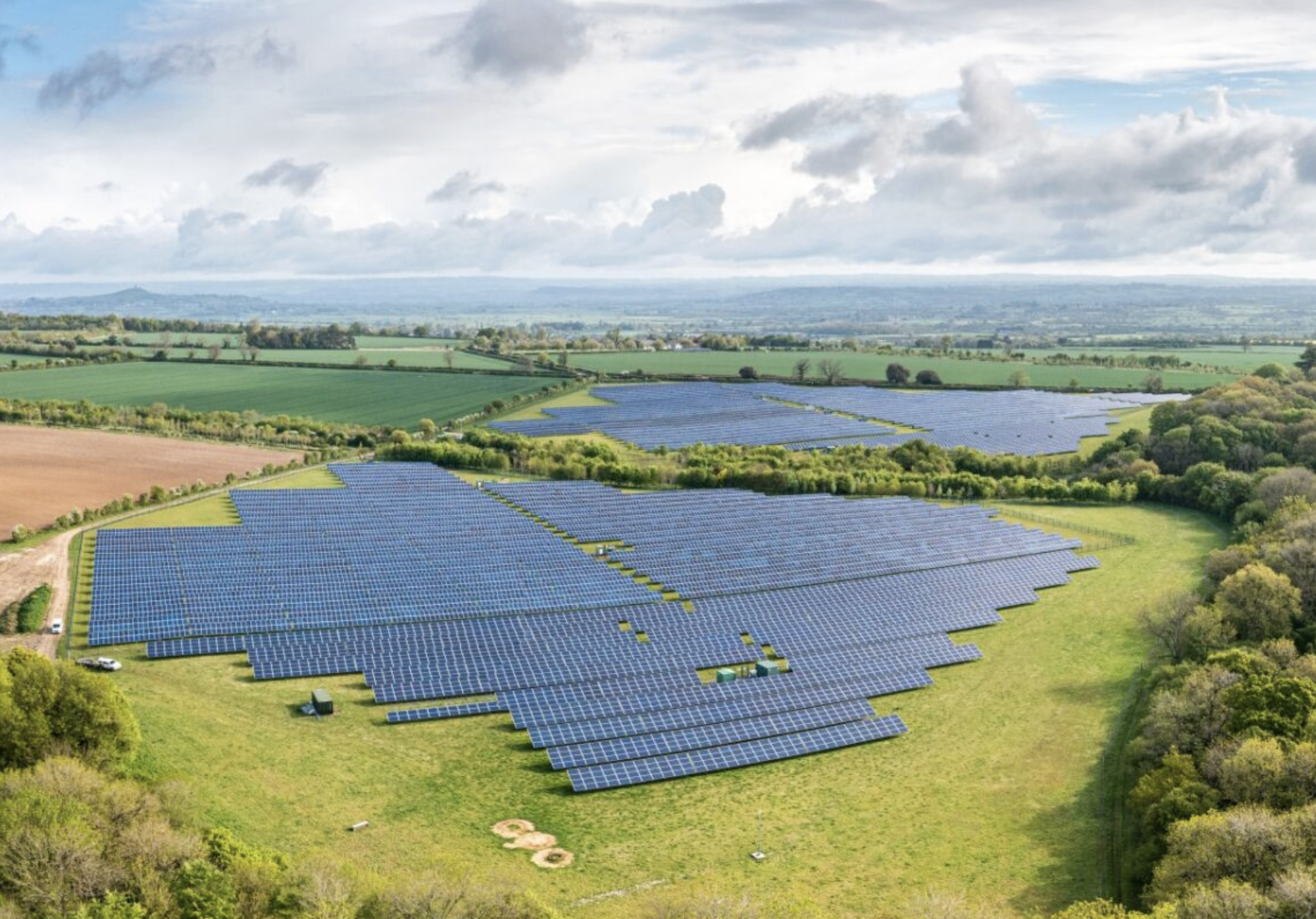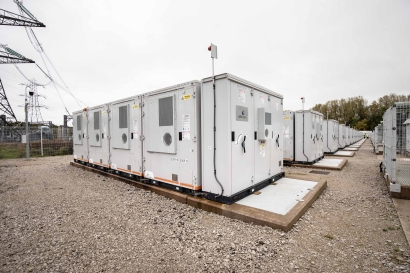Solar energy to drive Indonesia’s transition away from coal, biofuels
The role of solar PV in Indonesia will extend beyond replacing coal-based electricity generation; it will also include the production of e-fuels for hard-to-abate segments, offering an alternative to land-intensive biofuel production. A recent study explores, through various scenarios, the cost-competitiveness of solar PV-based electrification in supporting Indonesia's renewable energy transition.

The role of solar PV in Indonesia will extend beyond replacing coal-based electricity generation; it will also include the production of e-fuels for hard-to-abate segments, offering an alternative to land-intensive biofuel production. A recent study explores, through various scenarios, the cost-competitiveness of solar PV-based electrification in supporting Indonesia's renewable energy transition.
Indonesia faces significant challenges as it juggles its economic ambitions with the environmental challenges of climate change and reducing greenhouse gas (GHG) emissions. The country stands at a pivotal moment in its energy future, with a unique opportunity to leapfrog legacy systems based on coal and biofuels towards a new era powered by solar PV and power-to-X technologies, basically transforming itself into a Solar-to-X Economy, as the PV-specific variant of the Power-to-X Economy.
A new study, titled “Accelerating the transition from coal to renewables in Indonesia to achieve a net-zero energy system,” published in IET Renewable Power Generation, explores various scenarios for Indonesia to achieve a net-zero energy system by 2050. It compares coal-dependent and renewable energy-based pathways, focusing on CO2 emissions, energy system costs, capacity and storage expansion, while addressing the grid requirements in the archipelago, and the potential of e-fuels to replace biofuels in the hard-to-abate segments.
According to the study, the role of electricity as a primary energy vector grows rapidly during the transition, leading to the phase-out of fossil fuels and significantly improving energy system efficiency. This shift reduces the primary energy demand by 38-56%, depending on the scenarios. The growth in electrification is largely driven by solar PV, supplying almost 88% of the electricity by 2050, with an installed capacity of 1493 GW. Thus, the transition is driven by the plummeting cost of solar PV and battery technology and the abundant potential available across the various islands in Indonesia.
Image: LUT University

To support the expansion of solar PV capacities across the Indonesian archipelago, a robust inter-island transmission grid network is essential. By 2050, electricity trading between islands could reach 758 TWh, requiring a transmission capacity of 158 GW. Given that the renewable energy potential and installed capacity are spread far and wide across the islands, inter-island transmission infrastructure is critical for delivering low-cost electricity to demand centres such as Java and Bali. The study highlights that the interconnection from Nusa Tenggara to Bali and East Java, Sumatra to West Java and Kalimantan to East Java will be crucial in the future.
Storage technologies enable high shares of renewable energy and provide further reliability in the energy system. Li-ion batteries provide flexibility in the power system, providing almost 870 TWh of electricity discharge through temporal shifting of solar PV generation. With Indonesia having one of the largest reserves and the biggest producer of nickel, the country has the potential to become a hub for Li-ion battery manufacturing by spurring the development of a nickel battery EV industry and creating jobs across the entire value chain. Additionally, another storage solution such as hydrogen provides the required flexibility for the industry and Fischer-Tropsch based e-fuel production.
Coal has historically played a central role in Indonesia’s energy system, but its continued expansion is increasingly incompatible with the country’s net-zero goals, as well as its long-term economic competitiveness. The rising cost competitiveness of solar PV and batteries, leveraged by modern bifacial solar PV technology, is rendering coal power plants financially unviable. According to the study, expensive coal power plants are gradually being phased out due to declining capacity factors, which hinders their full utilisation and pose a high risk for stranded assets.
If the government proceeds with the planned 14 GW of new coal capacity, it could result in 53 GW of underutilized capacity by 2045, representing stranded assets valued at approximately 26 billion USD. These plants would operate at lower capacity factors, making them increasingly inefficient and expensive. Rather than locking in expensive and polluting infrastructure, Indonesia has an obvious opportunity to pivot towards cleaner and cost-competitive solar PV-based electricity production.
Another important component of Indonesia’s energy system is the cultivation of palm oil for biofuel production, domestic consumption, and export. Indonesia needs to assess carefully the broader impacts of expanding palm oil cultivation on food production, biodiversity, land use and water requirements, regarding its production beyond the sustainable limit.
e-Fuels can instead meet future domestic liquid fuel demand, primarily produced using low-cost solar PV electricity, which offers significantly higher land use efficiency. For comparison, the solar PV to e-fuel route has 19 times higher energy yield per km2 than the energy crop (palm oil) based biofuels, while the direct solar PV electricity utilisation route leads to 37 times higher energy yield. Large-scale cultivation of energy crops for biofuel production, bioenergy, and carbon dioxide removal requires vast land areas, leading to competition with land for food production, changes in biodiversity, and impacts on soil quality and water resources.
Image: LUT University

A pathway dominated by renewable energy has various direct benefits, such as a 42% reduction in total annualised costs compared to a pathway based on current coal investment policies, while still achieving a net-zero energy system by 2050. Indirect benefits translate into better air quality in the cities, creating new jobs, enhanced energy security through reduced geopolitical dependence, and more efficient use of land and water resources. As a megacity, Jakarta has the potential to lead Indonesia’s energy transition as well as pave the way for other developing cities and countries.
The study concludes that Indonesian policy makers must weigh the short-term gains of fossil infrastructure investment against the long-term consequences of stranded assets, often overlooking the ‘true costs’ of electricity generation. In contrast, investing in solar PV and batteries enables a faster and cleaner transition without the negative externalities associated with fossil fuels.
Renewable electricity as a comprehensively used energy vector increases the overall efficiency of the energy system by enabling direct and indirect electrification across the heat, transport, and industry sectors. A careful assessment of the environmental impacts of biofuel expansion must be done, as both direct electricity use and liquid e-fuels offer significantly higher land use efficiency compared to biofuels.
Authors: Ashish Gulagi, Dominik Keiner, and Christian Breyer
This article is part of a monthly column by LUT University.
Research at LUT University encompasses various analyses related to power, heat, transport, desalination, and negative CO2 emission options. Power-to-X research is a core topic at the university, integrated into the focus areas of Planetary Resources, Business and Society, Digital Revolution, and Energy Transition. Solar energy plays a key role in all research aspects.
What's Your Reaction?




























































